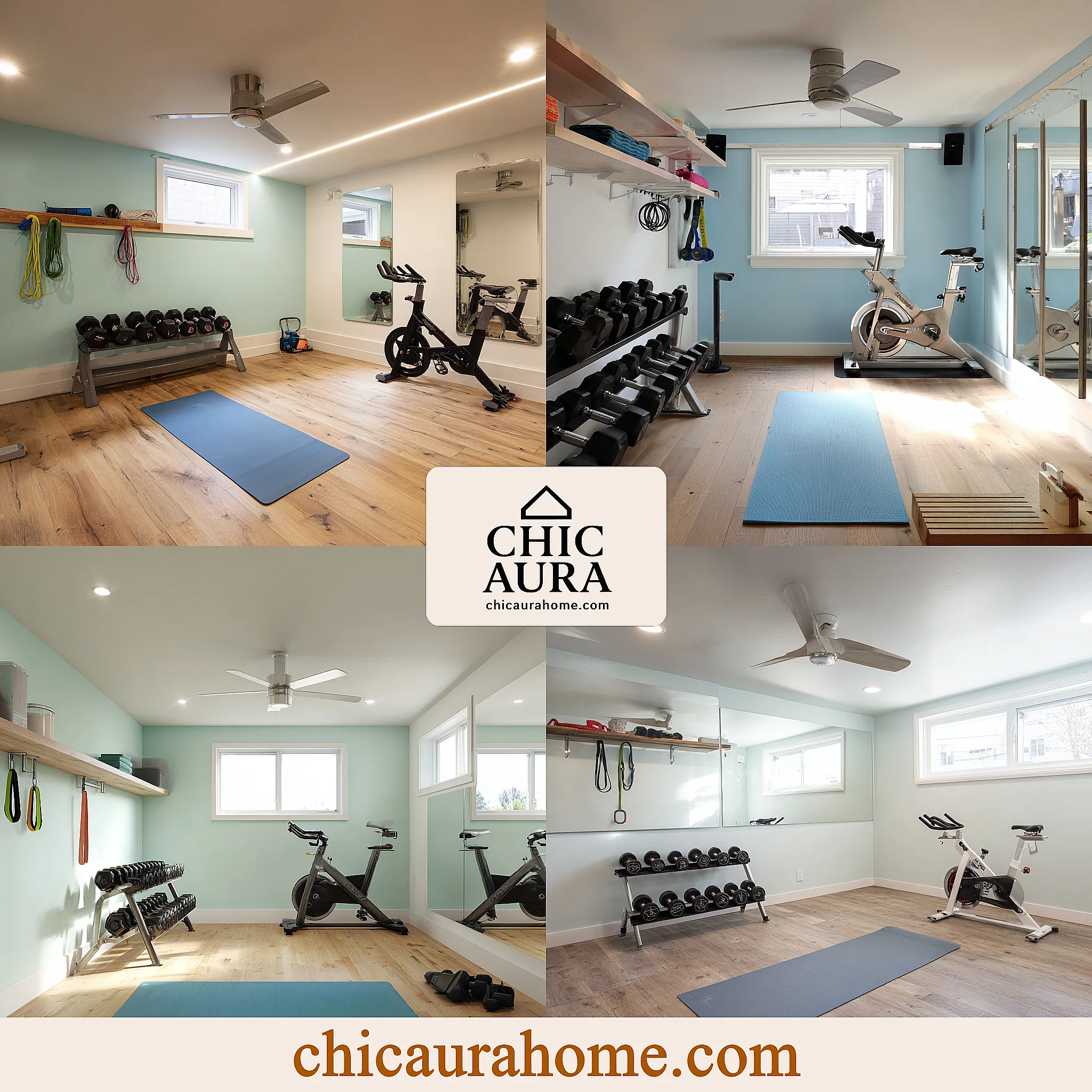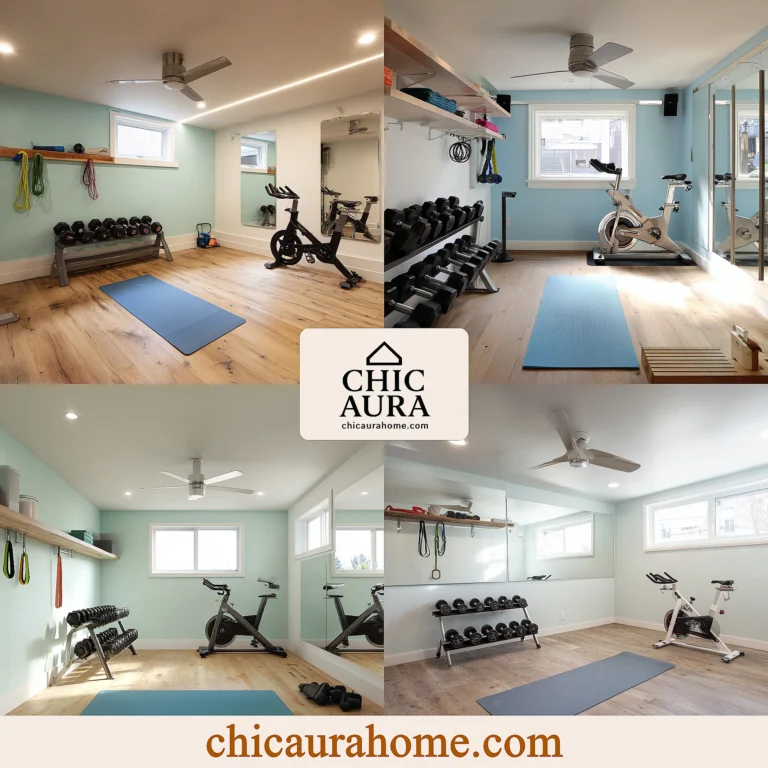
Transforming your basement into a gym is a brilliant way to utilize unused space and invest in your health and fitness. With the right basement gym ideas, you can create a personalized workout area that motivates you to stay active without the need for an expensive gym membership. Whether you’re a fitness enthusiast or just starting, designing a basement gym that fits your needs and preferences can significantly impact your motivation and consistency. This article will explore innovative and practical basement gym ideas that cater to various fitness levels and space sizes, ensuring you can achieve your fitness goals from the comfort of your home.
Maximizing Space with Smart Basement Gym Layouts
Creating an efficient layout is crucial for a basement gym, especially in limited spaces. Start by measuring your basement to understand the available area. Consider multi-functional equipment like adjustable dumbbells or a foldable treadmill to save space. Mirrors can make the area appear larger and are great for checking your form. Ensure there's enough clearance around equipment for safe movement. For inspiration on space-saving gym equipment, check out this guide from a high-authority fitness blog. Remember, the goal is to create a functional and inviting space that encourages regular use.
Essential Equipment for Your Basement Gym
The right equipment is the backbone of any effective basement gym. Start with basics like a yoga mat, resistance bands, and a set of dumbbells. Depending on your fitness goals, you might add a stationary bike, a squat rack, or a bench press. Don't forget about storage solutions to keep your gym organized. Wall-mounted racks or shelves can hold smaller items, keeping the floor clear. For those on a budget, second-hand equipment can be a great option. Always prioritize quality and safety when selecting equipment to ensure a long-lasting and safe workout environment.
Lighting and Ventilation for a Basement Gym
Proper lighting and ventilation are often overlooked but are essential for a comfortable basement gym. Natural light is ideal, but if your basement lacks windows, invest in bright, energy-efficient LED lights to create an energizing atmosphere. A dehumidifier can help control moisture levels, making the space more comfortable. Additionally, consider installing a fan or an air purifier to keep the air fresh. These small adjustments can make a significant difference in your workout experience, making your basement gym a place you look forward to spending time in.
Conclusion
Creating a basement gym is an excellent way to make the most of your home's space while prioritizing your health and fitness. By considering smart layouts, essential equipment, and the importance of lighting and ventilation, you can design a gym that meets your needs and inspires you to stay active. Remember, the best basement gym is one that reflects your personal fitness goals and preferences. Start small, and gradually add to your gym as your fitness journey evolves. For more home improvement ideas, visit our DIY and Makeovers section. The future of fitness is at home, and with these basement gym ideas, you're well on your way to creating a space that supports your health and wellness goals.
Frequently Asked Questions
Q: How much does it cost to set up a basement gym?
The cost of setting up a basement gym can vary widely depending on the equipment and renovations needed. Starting with basic equipment like dumbbells and a yoga mat can cost as little as $100, while a fully equipped gym with high-end machines can run into thousands. It's possible to find budget-friendly options and gradually upgrade your gym over time.
Q: What is the best flooring for a basement gym?
The best flooring for a basement gym is one that provides cushioning, absorbs impact, and is moisture-resistant. Rubber mats or interlocking foam tiles are popular choices due to their durability and ease of installation. They protect both your equipment and the basement floor while providing a safe surface for workouts.
Q: Can I install a basement gym in a small space?
Absolutely! Even small basements can be transformed into effective workout spaces with the right planning. Focus on multi-functional equipment and vertical storage solutions to maximize space. Foldable or adjustable equipment can also be a great space-saving option for small basement gyms.

